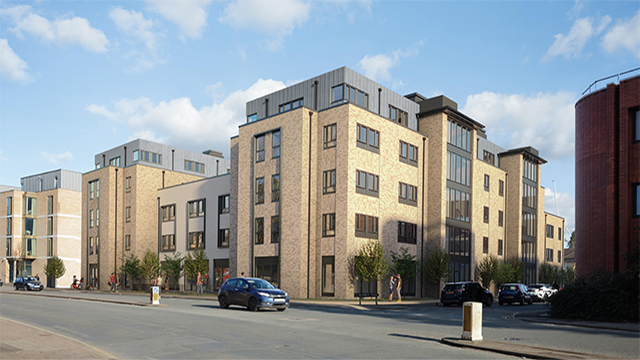Offices recover as September rent collection rises to 75%
Landlords have collected 75% of rents owed for the September quarter, with offices nearly bouncing back to pre-Covid levels.
Re-Leased’s latest research, which analysed collection rates 60 days after the 29 September deadline, showed a 52.9% increase on the 22.1% collected on the first day.
The research showed that the September quarter closed the gap between the 84% of rent received during the December quarter in 2019, and the 67% that came in for the March quarter earlier this year.
Landlords have collected 75% of rents owed for the September quarter, with offices nearly bouncing back to pre-Covid levels.
Re-Leased’s latest research, which analysed collection rates 60 days after the 29 September deadline, showed a 52.9% increase on the 22.1% collected on the first day.
The research showed that the September quarter closed the gap between the 84% of rent received during the December quarter in 2019, and the 67% that came in for the March quarter earlier this year.
Retail properties posted the strongest rebound for the quarter, with rent collection rising to 72% from 12.7% on the deadline day.
The sector has also seen a promising uplift when it is compared to day 60 in the two previous quarters, at +12% and +13% respectively, however it is still down by 9% on the December quarter last year.
Offices and industrial continued to be the more resilient sectors. At 79%, office properties have seen the rate of rent collection reach a level on a par with the December quarter (81%).
While the industrial sector has also collected 79% of rent due, it is down 11% compared to the levels seen in December last year.
Tom Wallace, chief executive of Re-Leased, said: “It is reassuring to see that despite a second lockdown, there are a handful of positives, signalling recovery for landlords. The progress made in the office and industrial sectors offers optimism for the coming year.
“However, our latest figures highlight that total rent collection in the UK is still some way off the levels we saw prior to the pandemic.
“Many will end the year with substantial shortfalls and continued concerns over how they will service their debt obligations.”
Data for the September quarter also showed that credit notes have continued to rise, highlighting where tenants have already made agreements for rent-free periods.
The UK average stood at 5.9% during this quarter, compared with 1.7% on day 60 of the December quarter in 2019.
Caleb Dunn, commercial analyst at Re-Leased, said: “The rate of credit notes issued illustrates a larger proportion of rent is being forfeited by landlords to ensure tenant longevity.
“Earlier in the year, we believed that the volume of rent credited was indicative of the worst-hit sectors. However, as the year has progressed, it now suggests that credits are awarded by landlords in situations where tenant relationships have been, for the most part, transparent and collaborative.”
By region, the North East bucked the UK average and received the most rent this quarter at 89%, while the South West has received the least at 62%.
London was found to be one of the UK’s least resilient regions. It received 68% of September rents owed, compared with 90% of rent during the December quarter last year.
The capital is one of only two regions to receive less than 70%, with the South West recording a 62% collection rate.
Yorkshire and Humber is the only region to have received more rent this quarter (+4%) when compared to December last year.
To send feedback, e-mail pui-guan.man@egi.co.uk or tweet @PuiGuanM or @estatesgazette
Photo © Guillaume Meurice/Pexels











